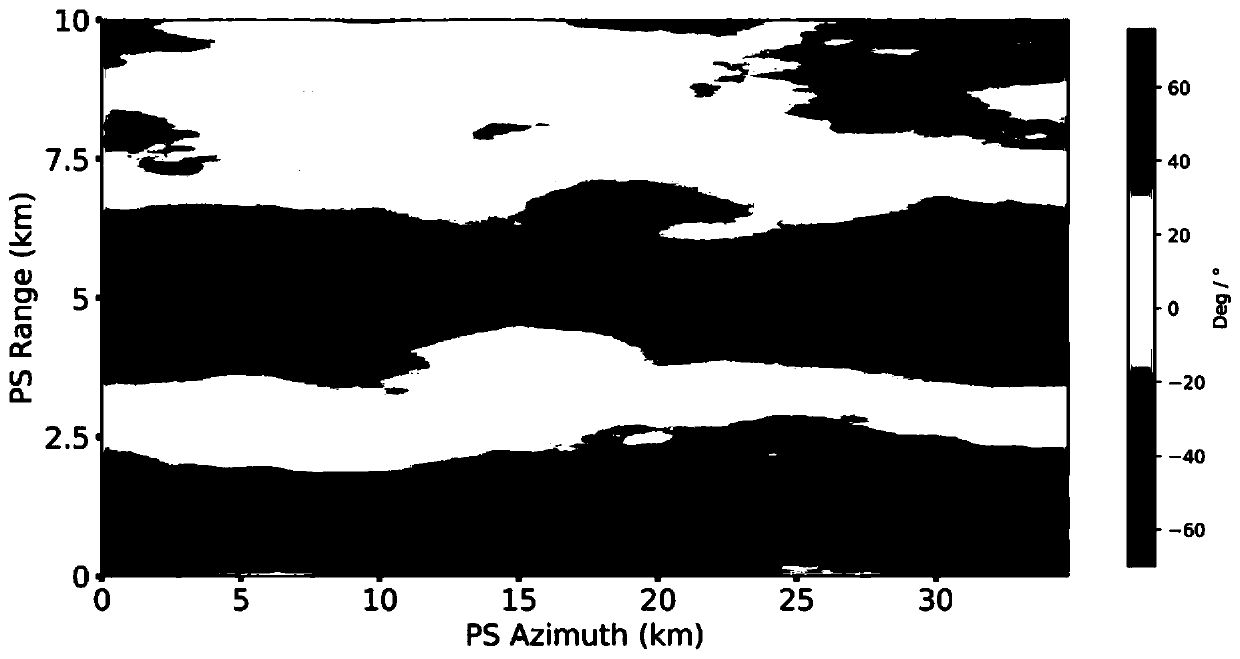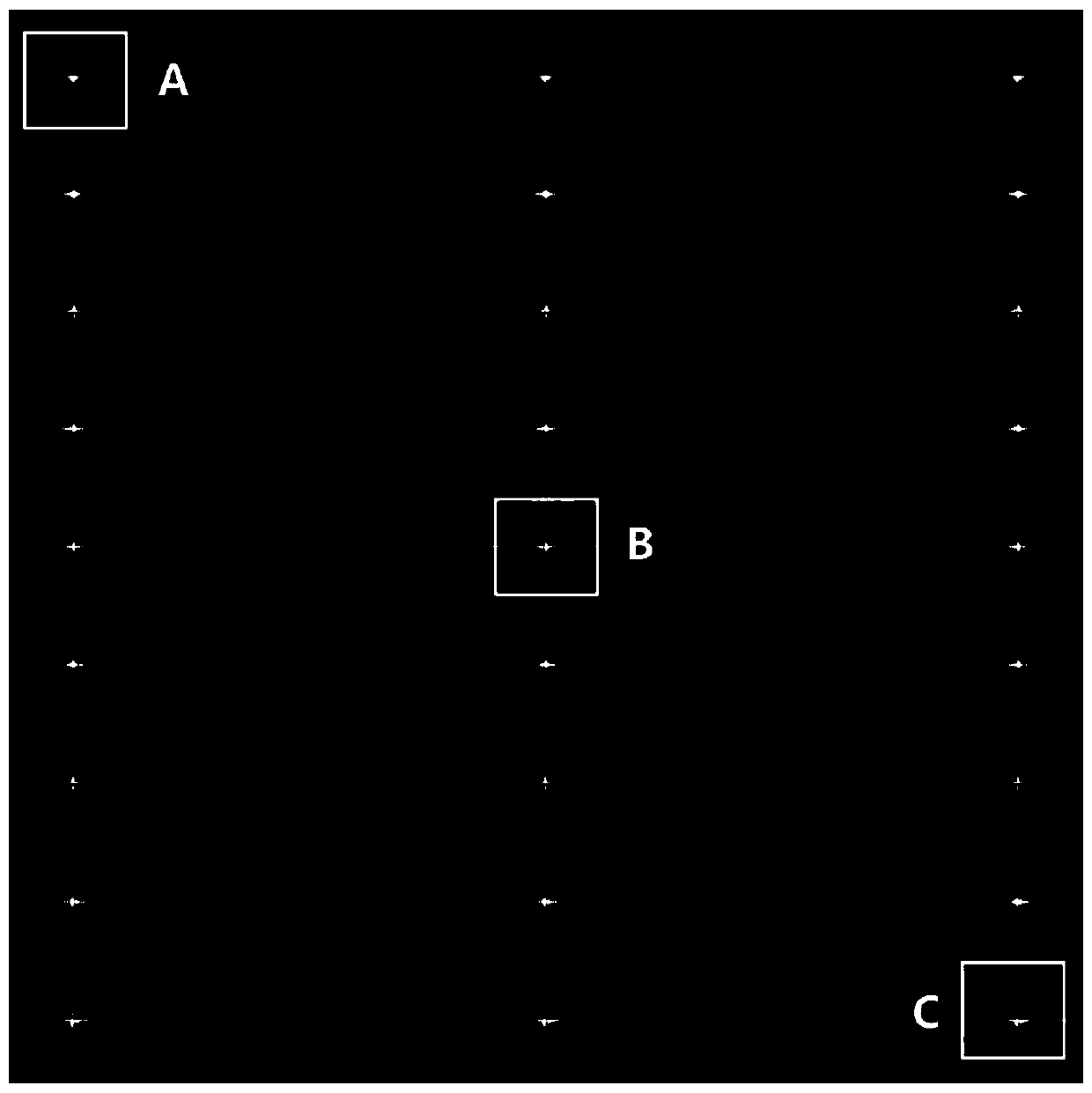Low-frequency-band satellite-borne SAR (Synthetic Aperture Radar) ionospheric scintillation effect self-focusing method
A scintillation effect and ionosphere technology, applied in the field of microwave remote sensing, can solve problems such as initial value dependence, scintillation correction failure, image contrast reduction, etc., to achieve range-to-space suppression, accelerate convergence speed, and improve calculation efficiency Effect
- Summary
- Abstract
- Description
- Claims
- Application Information
AI Technical Summary
Problems solved by technology
Method used
Image
Examples
Embodiment Construction
[0016] figure 1 It is a schematic flow chart of the principle of the present invention. Combine below figure 1 Describe in detail.
[0017] Step 1: First, block the SAR image in the range direction to suppress the phase space variability in the range direction to obtain sub-block SAR images. The principle of range block division is that the stronger the ionospheric scintillation intensity, the smaller the value of the range width, and the smaller the corresponding sub-block SAR image. Generally speaking, the distance width is between 100m and 1km. In the follow-up experiments of the present invention, the intensity of ionospheric scintillation is moderate, and the corresponding range width of each sub-block SAR image is 300m.
[0018] Assuming that the SAR image is divided into blocks in the distance direction, several sub-block SAR images are obtained, and each sub-block SAR image is taken as input, and the following iterative process is performed:
[0019] Let i represe...
PUM
 Login to View More
Login to View More Abstract
Description
Claims
Application Information
 Login to View More
Login to View More - R&D
- Intellectual Property
- Life Sciences
- Materials
- Tech Scout
- Unparalleled Data Quality
- Higher Quality Content
- 60% Fewer Hallucinations
Browse by: Latest US Patents, China's latest patents, Technical Efficacy Thesaurus, Application Domain, Technology Topic, Popular Technical Reports.
© 2025 PatSnap. All rights reserved.Legal|Privacy policy|Modern Slavery Act Transparency Statement|Sitemap|About US| Contact US: help@patsnap.com



